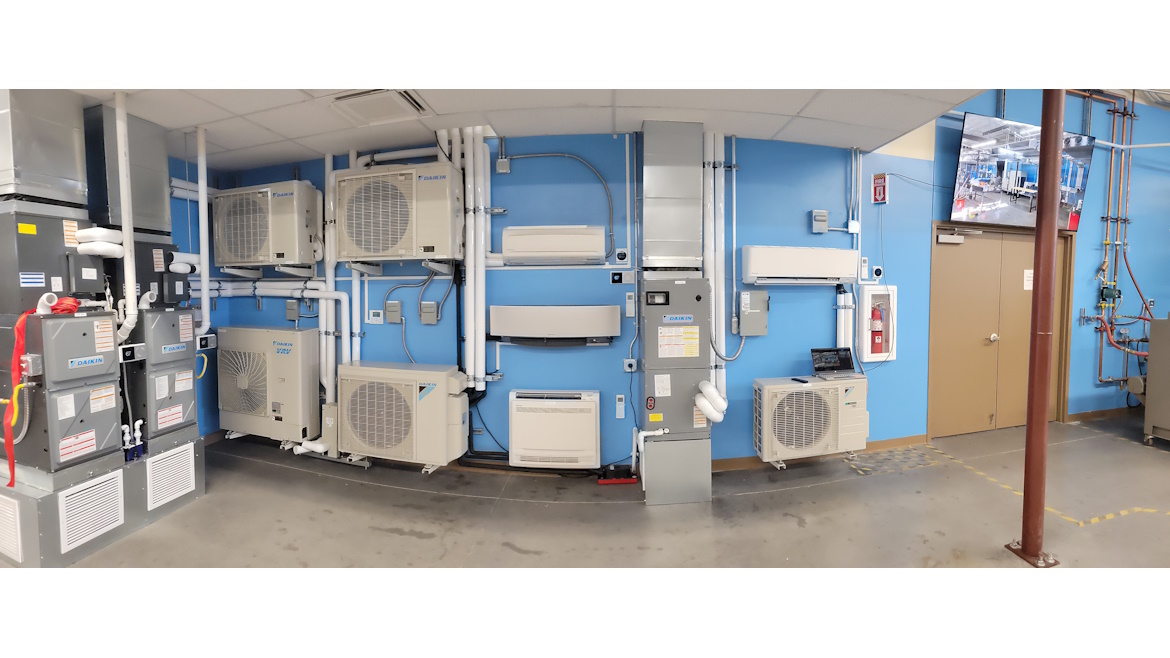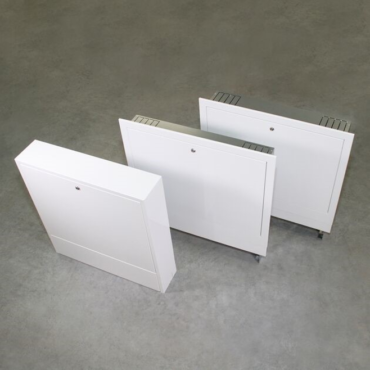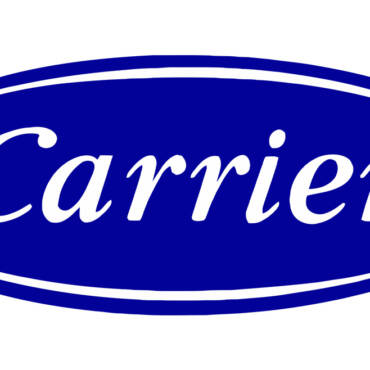For decades, the term “heat pump” has carried a very specific meaning in the HVAC world. Technicians, engineers, and educators alike have used it to describe systems that both heat and cool a space using a reversible refrigeration cycle—a system that typically includes a reversing valve to switch the direction of refrigerant flow. This concept has been rock-solid in our trade vocabulary.
But then came the “heat pump water heater” (HPWH).
Over the last couple of decades, HPWHs have become a hot topic (pun intended) in both residential and commercial applications. They’re efficient, they’re smart, and they definitely align with our industry’s move toward electrification and energy savings. But let’s pause for a second and ask the uncomfortable question: Is a heat pump water heater actually a heat pump by traditional HVAC definitions?
No Reversing Valve? No Problem?
Unlike your standard HVAC heat pump, a heat pump water heater does not reverse its cycle. It does not cool in one season and heat during another. It pulls heat from the surrounding air and moves it into water. No seasonal switcheroo. No reversing valve.
So, is it fair—or even accurate—to call it a heat pump?
Well, let’s break down the term itself.
Heat. Pump. Literally.
At its core, a “heat pump” is just a machine that moves heat from one place to another. That’s it. That is what the refrigeration cycle is all about. We are not creating heat—just transferring it. If we get literal, every refrigeration system is a heat pump. Your refrigerator? A heat pump. Your ice machine? A heat pump. Your car’s A/C? You guessed it—heat pump!
So maybe we’ve just gotten used to using the term “heat pump” in a way that’s too narrow. Maybe we have boxed it into the idea of dual-function HVAC systems, and that’s caused some confusion when the term gets applied to water heating.
Redefining the Term — Or Rethinking the Marketing?
From a thermodynamic standpoint, heat pump water heaters are doing exactly what the name says: pumping heat. They pull thermal energy from the air and transfer it to the water in the tank. So yes, they deserve the title.
But in the field—especially for technicians trained on split systems and mini-splits—the term “heat pump” often triggers assumptions: reversing valves, mode switching, and refrigerant routing. And that’s where the confusion kicks in.
The term “heat pump” has evolved, and maybe it’s time our understanding does too.
So… What Should We Call Them?
Do we start calling heat pump water heaters something else? “Hybrid Water Heaters”? “Non-reversing heat pumps”? (Yikes.) Or do we expand our definition of “heat pump” and start teaching it with a broader context?
As new technologies emerge and efficiency becomes king, the boundaries between HVAC, refrigeration, and water heating continue to blur. It is up to us as educators, techs, and content creators to keep the conversation sharp—and accurate.
Let’s challenge the status quo. Let’s teach the term “heat pump” for what it truly is: a system that moves heat. Whether it’s space heating, cooling, water heating, or refrigeration—it’s all the same dance. Just different partners.
Final Thought: If it walks like a compressor, cycles like a refrigerant, and transfers heat… maybe it’s time we stop arguing about its name—and start recognizing its role in the future of our industry.
Republished with permission.
Whether you require installation, repair, or maintenance, our technicians will assist you with top-quality service at any time of the day or night. Take comfort in knowing your indoor air quality is the best it can be with MOE heating & cooling services Ontario's solution for heating, air conditioning, and ventilation that’s cooler than the rest.
Contact us to schedule a visit. Our qualified team of technicians, are always ready to help you and guide you for heating and cooling issues. Weather you want to replace an old furnace or install a brand new air conditioner, we are here to help you. Our main office is at Kitchener but we can service most of Ontario's cities
Source link



